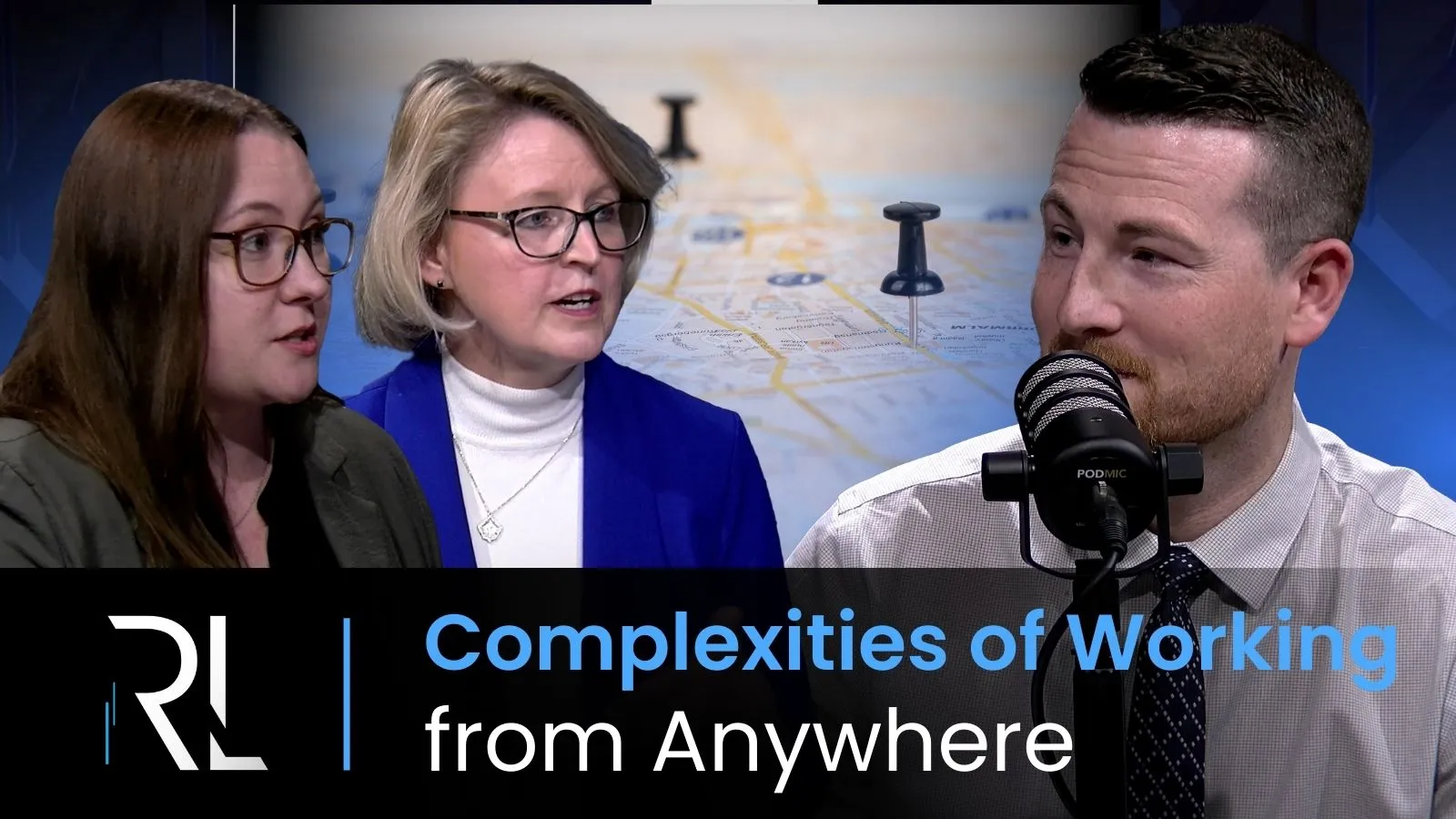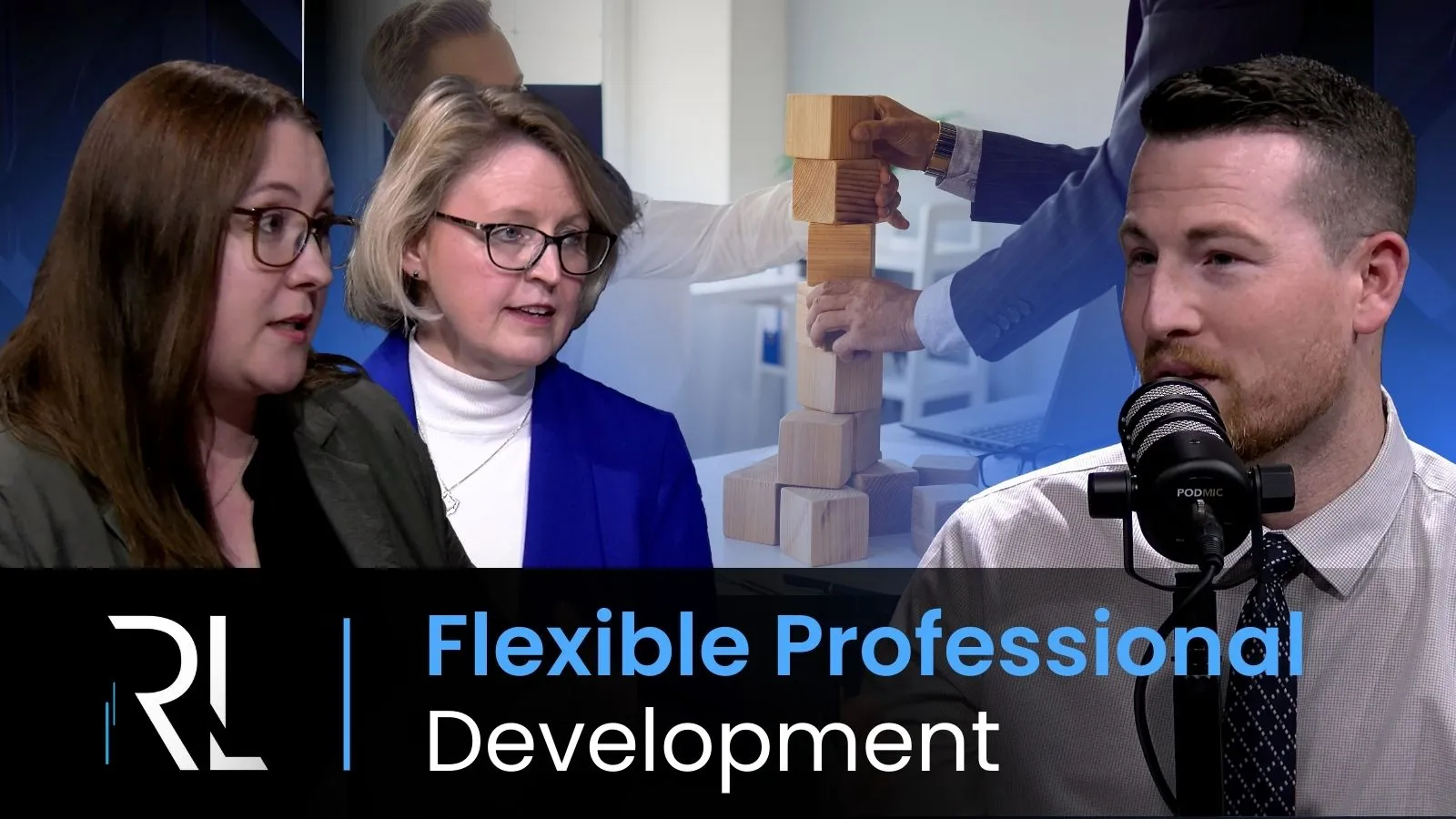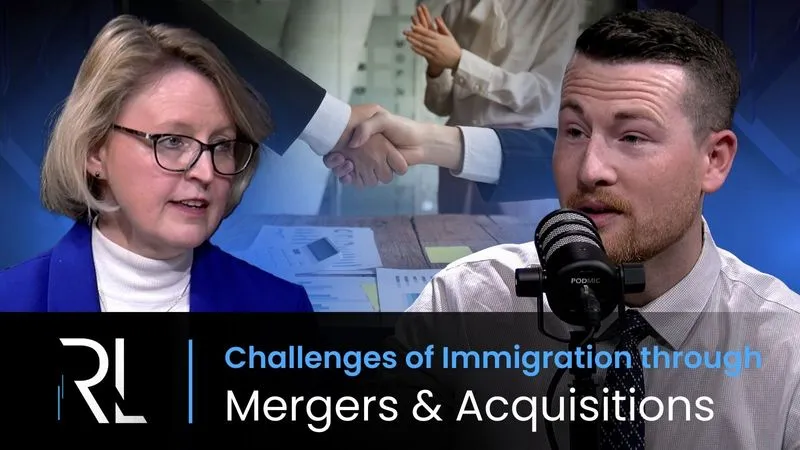Global Economic Update with Doug Duncan
November 9, 2023
Join Doug Duncan, Senior Vice President and Chief Economist at Fannie Mae, as he explores the pulse of our economy, offering a detailed analysis of its current state and a compelling forecast for what lies ahead. Topics include the intricacies of the housing market, employment dynamics, and the evolving landscape of corporate productivity. Duncan's expertise extends to the heart of relocation trends and provides a much-needed lens into how economic factors are shaping the way we move and work globally.
Thank you very much.
Uh, great to be here. All right.
So, um, you've probably noticed
that interest rates go up.
Uh, they do go up and, uh, they go down too.
Probably that's the part you're more
waiting for at the moment.
Um, but I thought I would start, uh, with rates
because, um, we're,
we've ended 40 years of declining nominal interest rates.
So, uh, for those, uh, who were
thinking about markets back in 1979 when, uh,
Volcker was appointed the, uh, chairman
of the Federal Reserve, um, that process
of attacking inflation, which had moved mortgage rates up
to about 18%, then with small,
um, backups,
the next 40 years were either declining nominal interest
rates, or for the last decade, roughly flat interest rates.
So we've moved into an era where nobody in senior management
of any financial institution has actually,
or in many other corporations, uh, has actually managed
that company in a period of rising interest rates.
And we saw a very rapid rise in interest rates, in fact,
historically fast as the Fed responded to the rise,
um, of inflation.
So they're not done with that.
So the question is, uh, what happens next?
Well, one of the, one of the things that, um,
we had been telling people for six
or eight years is the fact that, uh,
there is no senior management in most corporations
that has experience in rising rate environments
that we should expect some accidents.
Uh, and so we did have some accidents.
We, uh, they were named Silicon Valley Bank, um,
silver Gate, uh, first, uh, Republic.
These were institutions that got captured by
technologic change that took place in addition
to the decisions they'd made on in terms of investment
during this very low, uh, uh, particularly the last decade
of very flat interest rates.
The technologic change that took place was
Silicon Valley Bank failed
because in six hours,
$42 billion left the bank.
Uh, just think about that for a minute.
Six, six hours, $42 billion left.
That institution. That's a dramatic change from, uh,
the movie that you watch, uh,
every Christmas with Jimmy Stewart.
And, uh, and the thrift, it's a little bit different.
It's still going on today,
but I think it's Jim Bianco
who runs a investment advisory firm in Chicago
that called Bank Walk.
So people aren't running to take their deposits banks,
but they are walking as they, they realize they can get 5%
or better in terms of their deposits.
They're moving them out of banks, which are not able to pay
that much because they have a liquidity problem.
So, I'll come back to the banks in a little bit.
Uh, this is a, a, a chart that shows
the administratively set interest rate by the central bank,
the federal funds rate target,
and removing inflation from that number.
So the, the line that moves around a lot,
that's the inflation adjusted interest rate.
And you, what you can see is only in the last, uh,
few months has that interest rate been positive.
So the Fed had been very consistent in saying,
we're gonna hold rates higher for longer,
and didn't get as much attention.
But Chair Pollett also said, we won't believe that, uh,
interest rates have normalized until all inflation.
The entire, uh, yield curve of, uh, interest rates
is, uh, positive from a yield,
from an inflation adjusted perspective.
In other words, all real rates were positive.
That's only been in the last few months
that that's been the case.
So, while the Fed has been raising rates from a perspective
of financial conditions, we were not yet tight.
Well, that's changed in the last month.
The the market has gotten the message,
it's also gotten another message.
And here's the question I think you have to answer.
If you're going to form a perspective on
what do the interest rates mean,
the economy has performed more strongly than
expected in the second, and probably also in the third
quarter when we get that data in. Chair
Powell talked about that in his last press conference,
which I assume you all watch, right?
That's like a cocktail party for economists.
Get the drinks out, parse the words.
So the other thing that, uh, that he said, uh,
in addition to interest rates being, uh, higher
for longer, was, uh, that, um,
they're, they're gonna continue to run off their portfolios
of treasuries and of mortgage backed securities.
Irrespective of what else is going on.
Now, they can change that,
but, uh, that's sort of lost, uh, a headline,
um, cache.
But we're ramping up the amount of treasuries
that are being issued to fund the huge
deficits that we're running.
Uh, the Fed is running off its supply
of mortgage-backed securities,
which is actually increasing the amount.
So if the question is, is the rise in rates
a function of stronger than expected
and expected future growth of the economy, or is it
because the, there's such a huge volume of treasuries
that are gonna have to be funded that yields are gonna have
to increase to attract investors?
That's a, that's a, a fundamental question that you have
to answer, and it will,
it will suggest which direction you
think the economy is going.
If you look at our forecast, you'll see our bet is
it's this huge volume of debt that has to be funded,
that is requiring increased yields in order
to attract investors to fund it,
and that's driving the entire yield curve higher.
Um, that also suggests the risks
of recession are greater than the alternative,
which would be that we're,
we should expect stronger economic growth going forward
as opposed to weaker economic growth,
which would not include a recession.
If you look at the Feds, um, they put out their summary
of economic projections.
It's a document that you can download.
It's 12 or 15 pages that includes all
of their assumptions on the
economy and all of those kind of things.
And the infamous dot plot, which is a plot of
where the mem-, individual members
of the federal open Market committee think they will have
to go in terms of interest rates.
And, and in that, in the most recent release,
they very clearly expect, uh, a soft landing.
And they, there's a pretty good argument for that.
But it's all, uh, conditioned around, is this
the top line in this chart?
Is it gonna go another quarter of a point higher or not?
That's in our model,
because we think there will be a mild recession in
the first half of next year.
We do not have the fed raising rates again,
but we also don't have them cutting rates
until the second half of next year.
Just as a, a little bit of a preview,
so this is the 40 years of declining interest rates that,
that I mentioned to you,
and you can see just how dramatic the recent
rise in interest rates is, uh, compared to any
of those ups or downs, starting in about the 1982 timeframe.
So one other thing about that, uh, 1979 to 82 period
when, when inflation was running at those very high levels,
the Fed attacked Volcker when he came into office,
attacked him aggressively, got about, uh, seven months
of recession and a, a downturn
in both inflation and interest rates.
So the Fed actually eased a little bit,
and inflation took off again, and they had to tighten again.
And that time, instead of seven months recession,
they got 18 months of recession with unemployment
that rose well over 10%.
So one of the things that Powell
Chair Powell is focused on is not seeing a repeat of
that double dip recession.
That's where the, the phrase double dip
recession that you may have heard.
That's where that came from, was that time period.
So one of the things that he's anxious to expunge
is the chance that the Fed eased inappropriately,
saw a resurgence of inflation,
and then had to tighten again with more severe consequences.
The second thing that he is leaning against
is what's called the Greenspan put.
So Greenspan was asked about a house price bubble,
and he said, well, uh, we, we can't know for sure
what's a bubble and what's not a bubble, but what we can.
And so we don't know how to pop it or if we should pop it,
but if it there is one
and it bursts, we can step into the market
to cushion the downside.
So what has happened subsequently is, uh,
Chairman Bernanke and, um, Chair Yellen, uh, supported
that same issue.
When there would be disruptions in the market,
they would ease quickly to what,
what we would call socialize the costs, uh, of,
um, of the whatever was causing the downturn.
I believe that Powell is also attempting to rid the market
of the belief that the Fed will always do that,
and instead let market conditions, both the supply
and demand for credit in the marketplace.
Uh, and the risks related to that credit be the mediator
as opposed to the, the central bank socializing, uh, the,
uh, the cost.
Uh, um, so he's been adamant about
returning to the fed's 2% inflation target, uh,
and that's why he is been making the contents higher
for longer, because every time they would make a rate
increase the forwards,
that is the interest rate expectations you would see in the
market would talk about cuts in the near term.
Um, and he is, he now, I think,
has finally convinced the market they don't intend
to ease anytime soon.
So I mentioned the feds, um,
and I should have changed the, the, uh, acts
or the vertical axis on the right hand chart, that this is
the treasury, uh, uh, balances
and the mortgage backed security balances.
They're head held on the federal reserve's, uh,
balance sheet, and they have a policy in place
as those securities mature, they are not replacing them,
so they're reducing the size of their balance sheet.
They haven't set a target for exactly how large they want it
to be when they're finished.
Um, and interestingly, the last two
or three press conferences, it hasn't really gotten any
questions about that, which, um, is interesting.
Um, I've been, I have a reporter, uh, that is one of the,
that's a friend that's one of the White House reporters.
And so I've been, uh, hinting strongly about
what would be a really great question for the next,
so far no good, uh, which just means, uh,
that my friend is a good journalist, I guess.
Um, the, in the case
of the Mortgage-backed security portfolio, they've said,
we don't want to hold any going forward.
So they're the intent,
and they have a formal policy statement that says
that they will let that portfolio run off.
Now, the problem is that the mortgages that back,
the mortgage backed securities, that they hold average
about 3.5% in terms of the coupon rate.
So they're going nowhere anytime soon.
So very slow runoff of the Fed's balance sheet.
So the difference in the, in the these bars that you see,
the light blue, uh, mean, the total length
of the bar is the amount that would have
to run off based on their cap.
The dark blue is the amount that actually ran off,
and the light blue shows how much slower
it's running off than what the Fed would like
to see in terms of runoff.
The treasuries, they will always hold treasuries, and
before they bought mortgage-backed securities treasuries are
the only thing that they ever really had in their, uh,
in their, uh, portfolio.
The reason for that is treasuries don't advantage a
particular sector
of the United States mortgage-backed securities,
do they affect housing?
Right? So it's, in a sense, it's a preference toward housing
relative to other parts of the economy.
Treasuries are not specific in terms of the way
that they affect any, uh, individual sector.
So they would like to get rid
of the sector specific benefits
and go back to treasuries, which are neutral
to the different sectors.
So I mentioned, uh, the, our view, which is that
the reason rates have risen as they have is the market both
recognizes the Fed is going to stay higher for longer
and recognizes there, there is a massive amount
of deficit funding that has to take place,
and it will be supplemented by the runoff, uh,
from the Fed's own portfolio.
The, so this, this shows our public debt,
and it goes all the way back to World War II,
and you can see that at the present time,
the public debt in real terms, exceeds the level
of the public debt relative to our national income
when we were fighting the peak of World War II.
And if you look at the, the interest expense on that debt,
we are now paying more in interest expense on
that outstanding debt than the entire Defense Department.
I just have to believe that's likely to be a subject
of debate in the next, uh, set of congressional
and presidential elections.
It's pretty, pretty amazing.
We're backed up against happy hour.
Otherwise, I wouldn't show you this chart,
and I realize also I'm in the way of that.
So I'll try to move things along.
That red line is a regression line through
the relationship between deficits and unemployment.
If unemployment goes up, deficits go up
because tax proceeds fall, uh, unemployment goes up.
So unemployment compensation rises.
So there are some automatic stabilizers that happen when
unemployment runs up and they increase the deficit.
Then when we're out of recession, tax proceeds rise.
Some of those automatic expenditures fall
and the, the, uh, relationship between unemployment
and deficits go in the other direction.
That's a very predictable relationship.
Up until 2016, and starting at that time
and continuing to today, you can see
how we've moved away from that long run relationship
between deficits
and unemployment to a whole new level of, uh,
of deficits relative to unemployment.
Unemployment's 3.8%, and we're running deficits
and have a accumulated debt the size
of when we were fighting World War ii.
It's just awfully hard to, to suggest
that there shouldn't be some turmoil
about this in the political arena.
So that's a another example of why we believe that, uh,
the issue with interest rates is this huge demand
to fund, uh, treasuries.
Uh, it's not only the United States,
this is in that circumstance.
I know we have some folks that, uh,
do some international relocation.
So I, I dropped in a couple
of charts on some international issues.
Um, the, the US and the eu, uh,
and Japan are all in the category of rising, uh,
outstanding, uh, uh, debt relative to,
to their national income.
And you can see just
how far we've come over this time period from, uh, from,
uh, the, over the last, um, I guess it's, uh,
23 years.
Um, huge, huge increase.
The, it's also the case
that we're not the only ones that had inflation.
So you, you'll see the other central banks in the developed
world have been increasing interest rates just as we have
fighting the same issues of inflation, uh, as we have.
So all of those on the far right hand side of the chart,
that's all the central banks raising rates.
In terms of the foreign holders of treasuries,
the foreigners, uh, foreign investors
have not been increasing recently their share of yes, debt.
So what that suggests is that debt is going to be, uh, have
to be absorbed by domestic investors.
Another reason that I think you're seeing that rise, uh, in,
uh, interest rates as they're requiring higher yields,
the some, China is the single biggest investor
in US treasuries.
Some people have suggested, well, what if China wants to,
uh, punish us and sells our treasuries?
Well, they would actually be punishing themselves as well.
We don't really see that as likely to happen,
because if they sold into the market, uh,
that would raise yields in decline, drop prices,
and, uh, they would actually book in some cases losses on
their treasury investment.
So we don't see that as likely,
but what they have done is stopped increasing the treasuries
they've bought, and they are actually
buying mortgage-backed securities.
So in that sense,
they're replacing the Fed in funding the US housing market
through the securitization market.
They're not the only one doing that,
but that's been a substitution that they've made,
which has actually been beneficial for the housing market.
Um, this just says inflation is coming down,
but it's not down to the fed's 2% target yet.
This, uh, is the,
if you look at the second purple bar,
the second longest one,
the top one just adds together all the things that added
to growth in the second quarter.
That next Purple bar shows the contribution
of consumer spending to economic growth.
And each of the purple bars is something that added
to growth and is, so you can see far
and away the biggest contributor
to growth in the second quarter was the consumer.
And we have the same view as Chair Powell,
because he said in his press conference, he said, the thing
that has surprised us in the second quarter is the strength
of the American consumer.
That surprised us too.
We had expected, uh, the, uh,
some softening in consumer spending as the Fed is tightening
and slowing the labor market and slowing wage growth.
We had expected more slow down than what we have seen.
So the economy grew at about two,
a little more than 2% in the second quarter.
We actually think in the third quarter
it may grow more than 3%.
So why are we suggesting
that there would be a recession
at the beginning of next year?
Well, in part
because, um, the
consumers are not done spending the transfers
that they got in the course of the pandemic,
and that huge buildup in federal debt
that you saw was actually in many ways
a transference of debt from consumer balance sheets
to the public balance sheet.
If you look at what households did with the money
that was transferred to them, dramatic declines in debt,
on credit cards, in debt, on autos, uh, in,
uh, debt of other forms.
So consumers actually took a lot of that money.
Instead of spending it, I actually paid down debt.
Well, it was deficit funded, so
that meant debt rose on the public balance sheet.
So, uh, in addition to that,
you probably noticed mortgage rates fell.
That's economist humor.
Um, 3%.
I'm not sure anybody in here two
or three years ago would've predicted 3%
mortgages, but that's what you got.
People took advantage of that,
and there wasn't a lot of cash out refinancing, which means
that they were lowering their,
lowering their monthly payment
and increasing their disposable income in the process,
which when you added those, the transfers they got,
and that benefit from lowering their monthly payment,
that gave a lot more resilience than
to consumers than we anticipated in the way that we tried
to calculate, uh, where our households were gonna go.
Now that all of
that suggests why the Fed put in their summary
of economic projections that we're gonna get a soft landing,
but there are some indicators
that have been very highly correlated in the past
with, uh, recessions.
And so I'll give you a couple of those as part
of the explanation why we think we're headed
for a mild recession.
I'll, then, I'll define mild recession.
So this is, uh, the, uh, indexes for services
and manufacturing that's a, a monthly,
um, a monthly measure.
And, uh, while services are still positive in terms
of the attitude about what will happen to growth,
the clearly the, uh,
manufacturing sector has been in recession,
I didn't put housing on here.
Housing also from a, from a, uh, level
of activity is really in recession, uh,
as well, pretty significantly.
Uh, so this, we forwarded the, the slides before.
The most recent, uh, employment, uh, numbers.
The most recent employment numbers were actually a big
surprise on the upside.
We added 336,000 jobs when the expectation was
for probably about 120,000 jobs.
So that, that's another, um, another thing
that the Fed will weigh pros and cons.
If it's stronger than they think to get inflation down
to 2%, that means they'll raise, uh, another time.
This, this shows you the magnitude
of the increase in savings for households.
And then where since since the middle of 2021, you can see
that, uh, savings have fallen below the long-term rate
as consumers were spending off, uh, that, uh,
that big buildup in transfers
that they received during the pandemic.
You can also see the distribution by groups.
So there's five quintiles
of income groups low moving from low income on the left
to high income on the right,
and you can see that the two lowest quintiles
of income earning households have spent all of the,
the savings and the now you're seeing credit card balances
run up, uh, you're seeing, uh, uh, uh,
delinquencies start to pick up on credit card balances.
You're starting to see higher income households move toward
debit cards and away from credit cards, which is a measure
of conservatism on their part.
You're seeing, uh,
delinquencies in auto loans start to pick up.
Uh, so there are signs
of stress on the consumer side starting
at the lower income levels, uh, and, and moving up.
But, uh, the other side of that coin is the,
because of the pay down of debt relative to their income,
even though those balances are moving up, they're still not
where they were in 2019, which is part
of the reason you've seen us move our forecast
for when the recession will occur out into next year.
As consumers, uh, uh, continue
to spend off those excess savings
and some of these numbers, uh, start to move up.
Um, this is, uh, seriously delinquent, uh,
loans a a bit of an uptick,
but certainly nothing like we've, uh,
like we saw back in the great financial recession.
Uh, corporate profits, uh, are, uh, moving down.
That's usually a precursor for an economic slowdown.
I talked a little bit about the banks.
Uh, it's, um, we are not
through the whole regional banking issue,
but I'll, if you wanna talk about that in the q
and a, I'll come back to that.
Let me jump ahead. The, the, that banking situ,
uh, situation is, uh, resulting in tighter bank credit,
which is usually a leading indicator
of an economic slowdown.
So another reason why we're in the mild recession camp.
All right, here's, um,
I talked a little bit at the outset about interest rates.
One of the very predictive, uh, predictive,
uh, relationships is a very high correlation
between an inverted yield curve,
meaning short interest rates are higher than long interest
rates, if that occurs, and it's a deep inversion
and it lasts for a long time, there's no instance
in post World War II that it did not lead to a recession.
It is correlation, it's not causation,
but it's a very strong correlation.
This has been inverted for a long time and deeply,
and, uh, from our perspective, we don't have a reason
to believe that ultimately won't, we won't see,
uh, a, a recession.
Uh, this is another indicator
that has a very high correlation with recessions.
The, the, uh,
conference board's leading economic in indicator index,
and it's been negative for about, uh, 16 months.
And that has never happened since World War ii.
That it, we did not have a recession.
Uh, so a couple of the strong correlated, uh,
factors clearly pointing toward recession.
I I put in, uh, measures of the dollar
for the folks that do international, uh, relocations.
The, the increase increase in interest rates in the US
and the stronger than global growth prospects
of the US have led to a very strong dollar.
Uh, now, you know, that has pros and cons, uh,
but at the present time, if you're thinking internationally,
you're operating in a market which is, uh, which is going
to be, uh, centered around a very strong dollar,
and that will be that wave for a while.
This, I think, is my last international slide.
So, one of the, a number of years ago
I was giving a speech in, uh, uh, Alabama.
And talking about manufacturing and, um, and the q
and a section, uh, that was one
of many things I talked about in the q and A section.
A gentleman stood up in the back of the room
and he said, so what are you gonna do about all those
US manufacturing jobs moving overseas?
I said, well, when I drive back to the airport,
I'm gonna go past the BMW plant
and I'm gonna tell them to go home.
It was a little bit cheeky,
but what it, what I was, uh, wanting then subsequent
with my comments to say was, if you compare relative levels
of GDP between the US and other countries,
and then you look at the foreign direct investment
by others in the US
and compare it to what the US invests overseas,
we get a very good deal
because we have a very large economy.
It's a very strong economy over time.
So we actually, relative to our sizes,
we attract a lot more investment to the US than overseas.
Now, a lot of its high tech
and part of the implications of the high tech movement was
that it eliminated a lot of manufacturing jobs
and a lot of manufacturing jobs did move overseas for, uh,
based on the difference with within, with wage rates.
And I did patch up the relationship
with the guy from the back of the room,
but I was, I wanted
to make a point about understanding global economics.
And the US actually gets a really good deal, uh,
from a global perspective.
Our, you can see in our GDP we two, 2024
minus 2%, two tenths of 1% growth.
So when we talk about a mild recession,
what we're saying is about a half over a threequarter time
period, about a half a percent total decline in GDP
unemployment running up to, but not past about 5%.
Now, if you went back 25 years
and you asked a bunch of macro economists,
what do you think about an economy with 5% unemployment?
They would say, well, that's full employment today.
We've been operating at under 4%
for a very long time period.
There really aren't any precedents for that.
Um, and there's a whole bunch of reasons,
but if, if unemployment only rises to something
around the 5% level, uh,
and we only lose about a half a percent of GDP in
that timeframe, it, that will be a mild recession.
But it will bring interest rates down as that,
as we get into the depth of that, uh, of that recession.
So if you look at our forecast, you, you see,
Look at our, our, when I show you the mortgage rate,
the mortgage forecast, you'll see that, uh,
we see a pickup in activity in the second half of 2024.
Alright, housing. So one
of the things I always tell people that they'll ask me,
why have you spent your career in real estate and mortgage?
Uh, part of it is, um, that
I'm interested in housing quality.
'cause I grew up in a house without plumbing
and in Minnesota in January,
the whole outdoor facilities question
that will make you appreciate plumbing if nothing else.
Um, but in reality,
every human on the planet puts their head down on some kind
of real estate every night, and that will always be true.
So it's a part of the human condition to me
that makes it in infinitely interesting.
Uh, and there's lots of difference between wake the ways
countries, uh, uh, structure their housing policies
and all those things, but they all have them
because it's an innate part of the human condition.
So, um, it's a good place to be. It has its ups and downs.
I said at the outset, interest rates go up and,
but they also come down, uh,
and you saw a very long time period of them, uh, going down.
Now you've seen a period where they've gone up.
It's been a rapid adjustment and painful,
but they will come back down.
And the average 30 year fixed rate mortgage
from 2000 from, uh, World War II out to the year
of 2000 is 6%.
So they're actually closer
to normal than they were two years ago at 3%.
They're actually closer to normal today, but it's painful
because of the speed of adjustment,
because interest rates can move that fast,
but incomes don't move that fast.
So even though the rate of inflation is clearly slowing,
and it's down probably on an annualized basis to around 3%,
you'll read the headlines
that say people are still very unhappy about inflation.
Well, that's because prices went up and stayed there.
So even though they're flattening out at that level,
incomes have not caught up to that.
It's the same thing in housing, that
that interest rate has risen much faster than household
incomes have risen,
which has created serious affordability
challenges in the housing space.
It's, it's, you don't have to take a class in economics
to figure that out, right?
But the good news in the US is demographics are still very
positive for housing.
So the millennials have not
yet reached peak first time home buying age.
They're still more to come,
and they are the largest population
group that we've ever had.
Um, and so we talk a lot about the boomers
and the boomers aging in place.
That's been a, a issue on the supply side.
And then we talk about the millennials being the new
largest, and nobody ever talks about the Gen Xers.
So let me give the Gen Xers a little airtime.
They're the ones with the 3% mortgages, right?
Okay, that's, they've locked in that 3% mortgage.
So, um, I coined a phrase, I was, uh,
testing it on some of the staff back here, um, to prove
that economists can be linguistically clever.
I coined the phrase the geospatial redistribution
of real estate values like that.
Well, okay, so what I was trying to say is, look, the
pandemic we're part of what we're working
through in the economy is the
after effects of the pandemic, which I don't think will be
through for another three or four years.
But one of the things that happened in the pandemic was
this was not an economic variable.
This was a health variable.
And so people who might have been planning two
or three years in the future to move if they were able,
might have moved that up to make a move to get more space,
either within the house or around the house
or in the community to protect them from the threat
that was this, uh, this was this disease, this virus.
And so we could actually track the flow from,
because when you make an application,
you apply from a particular address, you apply the address
to which you're attempting to move.
We could actually track migration of people
and see what was happening
to apartment buildings in central cities,
to suburban apartments, to, uh, housing
close in or urban housing, suburban housing.
We could actually see people move.
Uh, it stimulated both
by lifestyle.
In other words, a lot
of them were in a place where they had children.
They wanted to move with the children
That were gonna do it anyway, within a couple of years.
Or, um, they, uh, received, uh,
income transfers
that they'd been saving some money when they took the income
transfers on top of that, it was enough
to get them to be able to move.
And so what happened was you saw four years
of business done in a two year time period.
You, a whole bunch of people move forward in time.
And if you didn't make money in the real estate business
between the middle of 2020
and the middle of 2022,
you were probably in the wrong business.
Now, if you didn't save money that you made during
that time period to spread it out over these two years,
you may not be in the business, right?
But basically that was part of what happened.
And it changed values of real estate
depending on the geography.
So you think about people being working from home.
We, we said in Fannie Mae, we have about 10, uh,
we have about 8,000 employees.
And in three days we went from in-office to working remote.
Amazingly nothing broke.
It was pretty, pretty amazing from my perspective.
But if you think about the household's perspective on that,
you have now given them a real income increase.
All those travel commuting costs now are income to you.
So when you tell someone, okay, game over, come back
to the office, you're saying we're going to cut your pay
is in any surprise, there would be resistance to that.
Plus people relocated making some assumptions, maybe
invalidly, but we don't think you're gonna see
a big reversion back to, to, uh, where, where, uh,
we were previously.
We think it's going to be permanently a hybrid situation.
So let's think. Now you,
you went five days to work from home.
Now the company says two days come back saying, well,
I could move a little further out.
If I only have to commute two days, I could move further out
where housing is less expensive.
I could get more space. I might be
willing to make that trade off.
So that's part of
what happened was people moved a little bit further out.
They got a little bit more house.
They were willing, if they only had to drive
commute into the central business district two days a week
instead of five, that was a
compromise they'd be willing to make.
Now, if you're an apartment building owner
and some of these people have left the apartment buildings
to buy houses, now put some pressure on your
rental income, right?
Particularly if the presence
of all those five days a week worker in
that space supported, uh, things like restaurants
and bars and dry cleaners and things like that.
Now you're only there two days a week.
Some of those businesses might go away, the health clubs,
there might be some reduction in health clubs.
So some of the amenities around
that apartment building might have declined.
So the value of that property might change as well, right?
So I'm trying to justify the geospatial redistribution
of real estate value.
I'm making this all up, but really that's, that's, that's
what has happened
and is continuing to happen, is people are trying to adjust.
What's the other piece of it?
The business has to decide,
do we get the same productivity out of those workers
who are working on a hybrid basis as when we got them
in the office five days a week?
If not, ultimately businesses have to adjust compensation
to productivity, they're forced to.
That's where profits come from, right?
And so that part of the measurement is still underway.
And so you're seeing different businesses taking different
approaches to that.
So me at Fannie Mae, now, if I have a a job opening,
I have to designate, is this job per per permanently remote?
Is it hybrid or is it in office?
So that when I hire into that position, the candidates
will know this is either a permanently remote job,
which means if everybody has to come to the office, I have
to pay their expenses to bring them to the office.
Uh, or if it's hybrid, then they can, they can be encouraged
to come sometimes typically within the company, we,
we don't have in, in Fannie Mae at present,
our policy is you cannot ever require an employee to come
to office unless they're designated
as a full-time in-office job.
And that's a lot of security and maintenance
and some of those kinds of, of folks
that keep the plant running.
Um, but we can set incentives for people to come.
And interestingly, people do like to spend time together,
but they don't feel like it needs
to be five days a week, right?
And so we're, we get, uh, lots of folks
that do come into the office for a day or two, uh,
and they will usually, uh, uh, make a plan.
I'm coming here because you are coming here.
So people put on their calendar,
I will plan on being in the office on these days
so you can match up who that you would like to work with.
All of that's still in ferment in my view.
That's why I said we think that the
after effects of the pandemic will be three to four years
to, before we actually know the full implications of it.
Hopefully that makes some sense.
All of which is to say real estate still has value
and always will, but it may change.
This basically shows
with the rise in interest rate at the rise in house prices.
We are at something like, uh, 35 year,
uh, um, low level of, uh, affordability
for, particularly for entry level, uh, home buyers.
So you're well aware of the supply issues, uh,
the boomers aging in place.
The boomers now knowing you can use your iPad
to get home healthcare, which only extends the amount
of time that you can, that you can age in place.
Uh, now, now you've added to them the Gen Xers
who have 3% mortgages.
And I would argue a lot
of them will actually become investors.
'cause when they decide to move from that house,
the payment at a, on a 3% mortgage is sufficiently low,
that rents in that area are probably a thousand
dollars more a month.
So they will keep that property, uh, and rent it out
and use, either use it as extra income
or if they have to buy another house with a mortgage,
they can use that a thousand dollars rent payment
to subsidize a higher interest rate mortgage
on another property.
So I would argue you're gonna see a bunch
of Gen Xers who are gonna be investors.
Um, what this has done is put a lot
on the back of the builders.
So a quick segueway back to the, to the feds running off
of its mortgage-backed securities portfolio
and how that interacts in the mortgage space.
So the majority of home mortgages are funded
through the mortgage-backed security market mostly probably
knew that the, when mortgage rates passed 7%
for the first time in the last year,
you saw the MBS market suddenly sort
of freeze up for a couple of days.
And then within a week you saw lenders offering two one buy
down interest rates.
Why did that happen? Because no investor was going
to buy a mortgage backed security backed by 7% mortgages
because as soon as the fed eased interest rates,
when they got to their 2% target,
or we saw that mild recession emerge,
which brought rates down,
all those loans would prepay 'cause you.
And so a bunch of those people
who are buying houses at 7%
mortgages saying, well, that's fine.
I've got the cash right now.
I might get stressed in a couple of years,
but the Fed will be easing rates will
come down, I'll refinance.
What's the problem? But in the mortgage backed security
space, you had to buy
that interest rate down on the coupon on
that mortgage backed security.
Otherwise you make the investment today in 12
months from now, it might be gone.
So, uh, the builders really got that.
And because of the, the boomers aging in place,
the Gen Xers not offering their homes for sale,
the supply side was on the back of the builders.
But the builders as a result of that, had strong margins.
They were very profitable in this time period.
So they had profit to give to do those two one buy downs
or 2% buy downs permanently, as opposed to
what is traditionally the case,
which is they offered finished basements
or granite countertops
or, you know, paneled, uh, garages or something like that.
But it was their recognition that their customer now
importantly included a big segment of first time home buyers
who are different than move up buyers.
It the move up buyers typically are looking
for finer attributes.
Entry-level buyers are looking for bedrooms, a kitchen,
bathrooms, and a garage.
And not much more than that.
So the builders first struggled to build
to entry level buyers
'cause it wasn't their, their typical place,
but they also recognized
that first time buyers' biggest problem is down payment
and affording the payments.
And so they went to the interest rate as opposed
to attributes of the house.
So that, that was kind of the dynamics that took place,
which is very different than any other cycle
that you will have seen.
And it led to a lot of confusion in the press
about what was going on.
But it was that combination of factors
that actually changed the market in a way
that was very unfamiliar, uh, in terms
of the historical housing cycle.
Hopefully that makes some sense.
That column on the right, about 90% of all people
that have a mortgage today have an interest rate
that's three percentage points
or more below the current market rate.
So when people talk about the lock-in effect, um,
that's what they're talking about.
People are not gonna give up that, that, um, mortgage.
But we, a lot of headlines were written about that.
So we actually surveyed to find out is it true
that you're unwilling to move because of the interest rate?
Turns out that other thing I was talking about
before with support from the interest rate was the biggest
change that was life change we're we wanna move
to a place we have kids, we want more space, we can do it
supported by this low interest rate,
but it's something we were gonna do anyway.
We just moved it forward in time.
That was actually the bigger effect as opposed to just
because of the interest rate.
So we put a blog out on that.
Um, it's, by the way, we have lots
of research on the website.
It's all free. There's no paywall or anything.
Um, and we do lots of surveys of consumers to try
to understand things, especially when we see a headline
that doesn't exactly meet our intuition.
Then we will survey, um,
and, uh, find out what consumers say.
We started this back in, uh, June
of 2010 when we read all the headlines about millennials
learning the lesson of their parents
that if you buy a house, you get
foreclosed on and lose all your money.
And so the stories were the millennials want 300 square foot
apartments with amenities.
And we're like, really?
It was a human nature change
that dramatic from the great financial crisis.
So we surveyed them.
The first month that we surveyed, 92%
of millennials said we eventually wanna own a house.
That was interesting. So we said, why the disconnect?
Well, it turns out that that expansion was the most urban
centric job growth of any post-World War II, uh, expansion.
So if you were gonna have a job,
you were gonna be living somewhere in proximity to that job.
You're gonna be in a 300 square foot
apartment in an urban center.
'cause that's where the jobs were.
And you couldn't afford a house yet at that point anyway.
But as their incomes increased
and their credit improved,
they eventually started buying houses.
And in 2014, we said,
next year the millennials will be driving
the demand curve in housing that is 2015,
and by the way, there's gonna be a supply problem.
And people said, you guys are nuts.
'cause we'd just come through this massive wave of,
uh, foreclosures.
But the builders stopped building
and demographics kept moving.
And so we're still in that
after effect of the shutdown
of housing production post great financial re uh, recession.
You can look at this on your own time.
What we wanted to show was
that the very high cost markets have seen house prices come
down, but it's partly as a result of the fact
that people moved to lower cost areas.
So those, those heat charts show you that shift in,
in population, uh, related to housing.
Uh, so then you can just finish up the, the last, uh, chart,
um, just, uh, gives you the full picture
of our, um, of our forecast.
Lots of other things that that's if you, if you don't go
to happy hour, you stay in here.
We could have a class project, I suppose,
but I, I, I wouldn't necessarily recommend that.
But that's our story and we're sticking to it.
Understanding Relocation Impacts
In this riveting session, Doug Duncan explores the pulse of our economy, offering a detailed analysis of its current state and a compelling forecast for what lies ahead. Delve into the intricacies of the housing market, employment dynamics, and the evolving landscape of corporate productivity. Duncan's expertise extends to the heart of relocation trends, providing a lens into how economic factors are shaping the way we move and work globally. See the forces driving talent mobility and strategic decision-making.
Douglas G. Duncan is Senior Vice President and Chief Economist at Fannie Mae where he is responsible for forecasts and analyses of the economy and the housing and mortgage markets. Duncan also oversees strategic research regarding the potential impact of external factors on the housing industry.


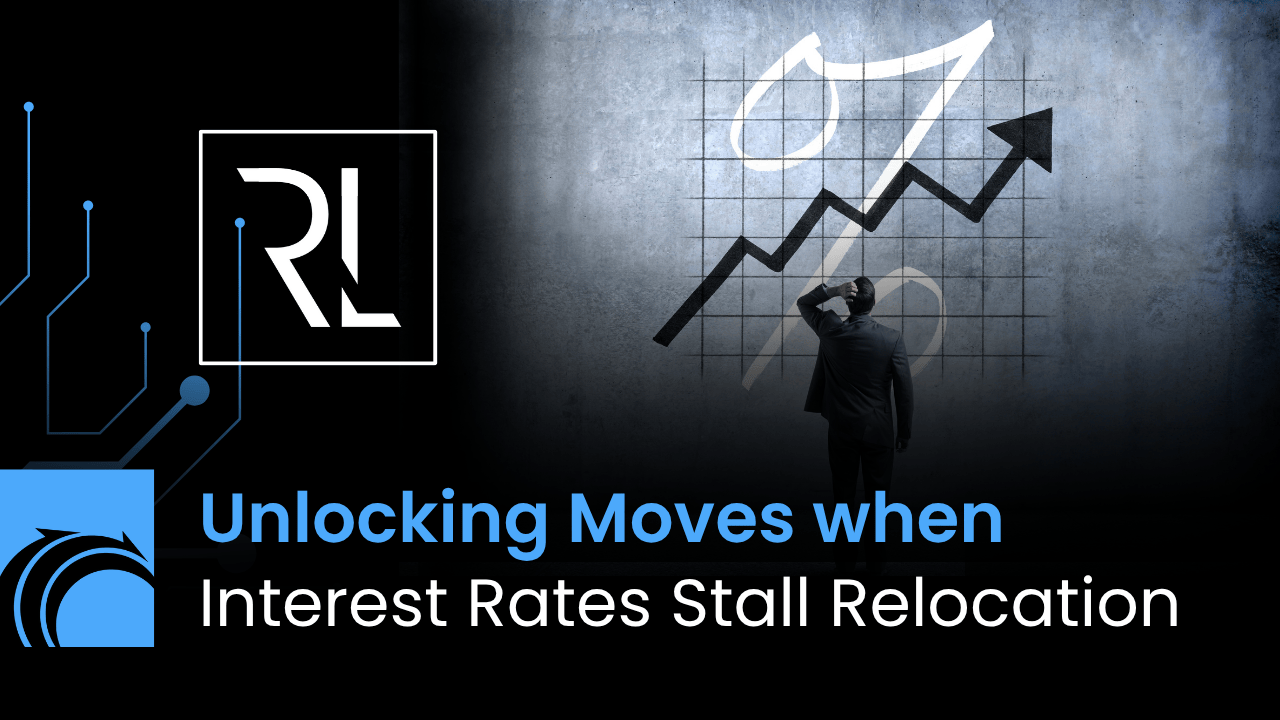

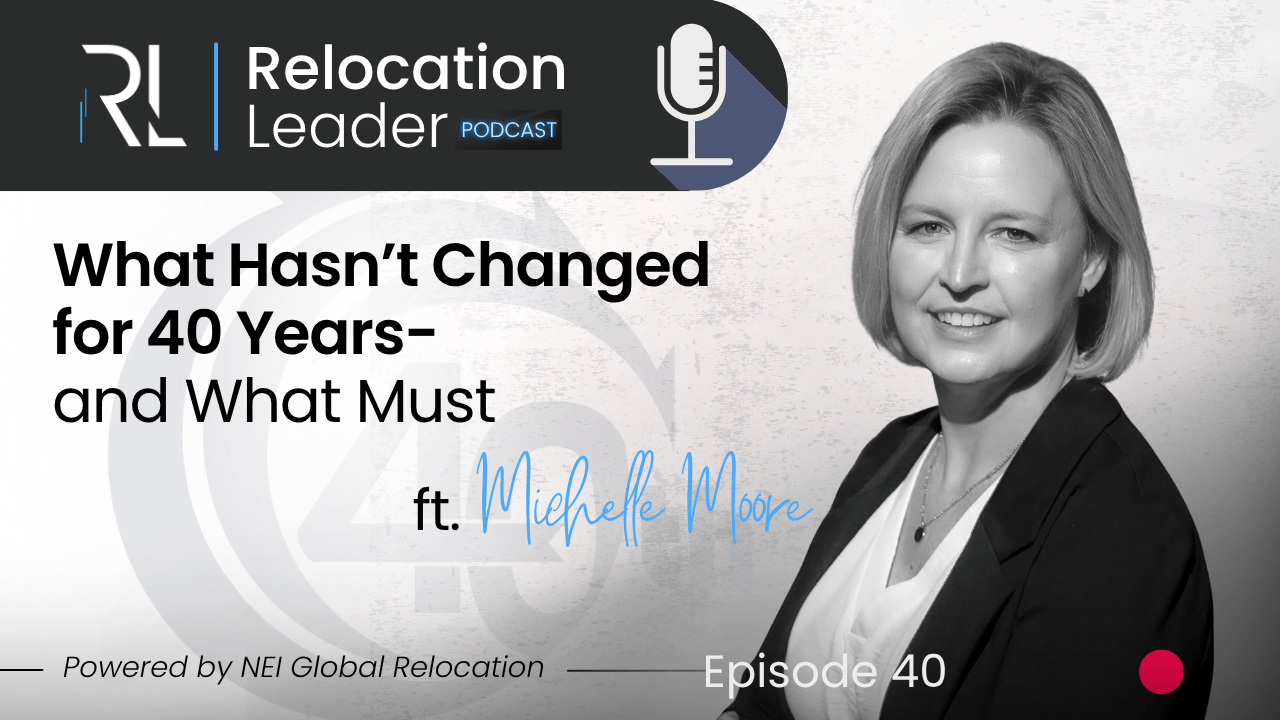


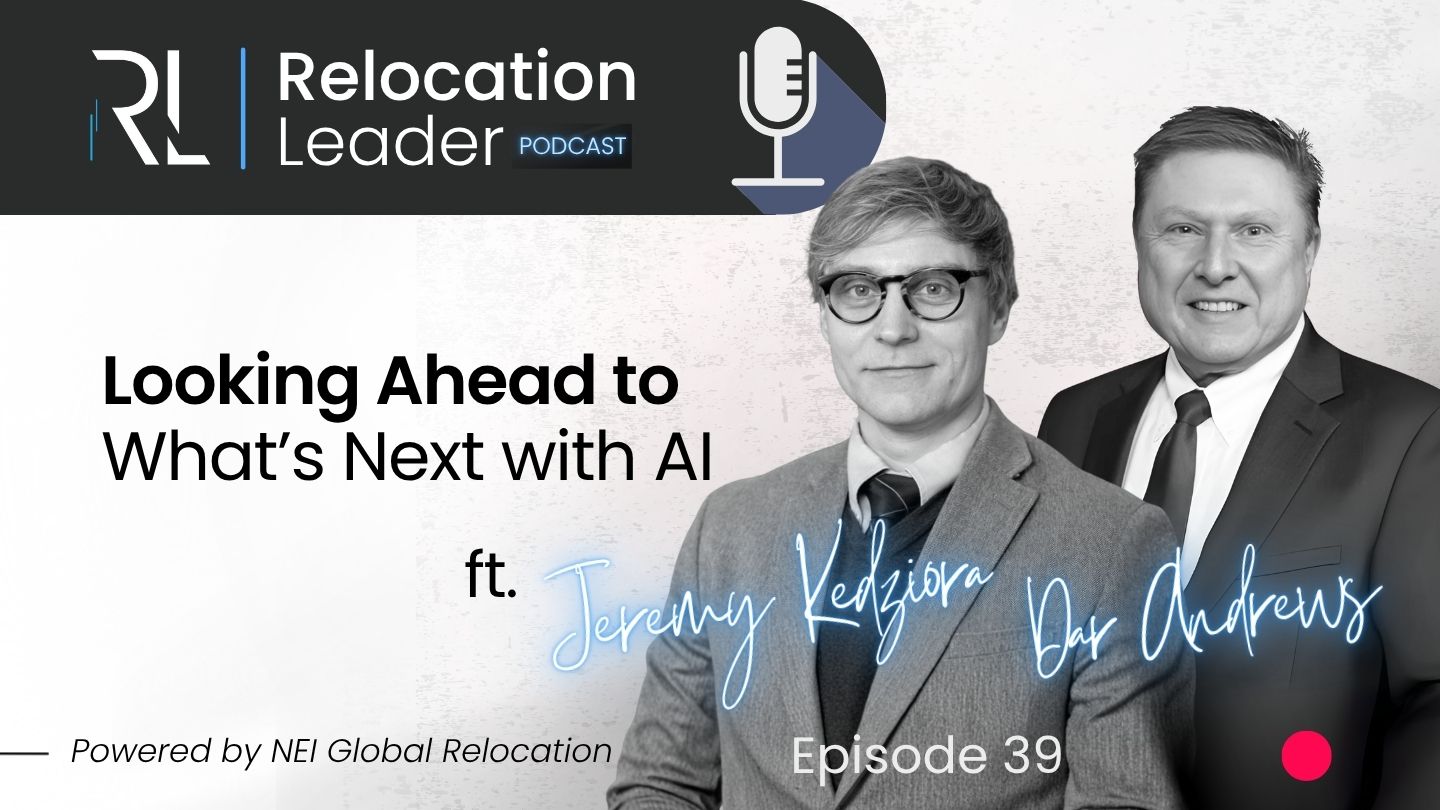



.png)
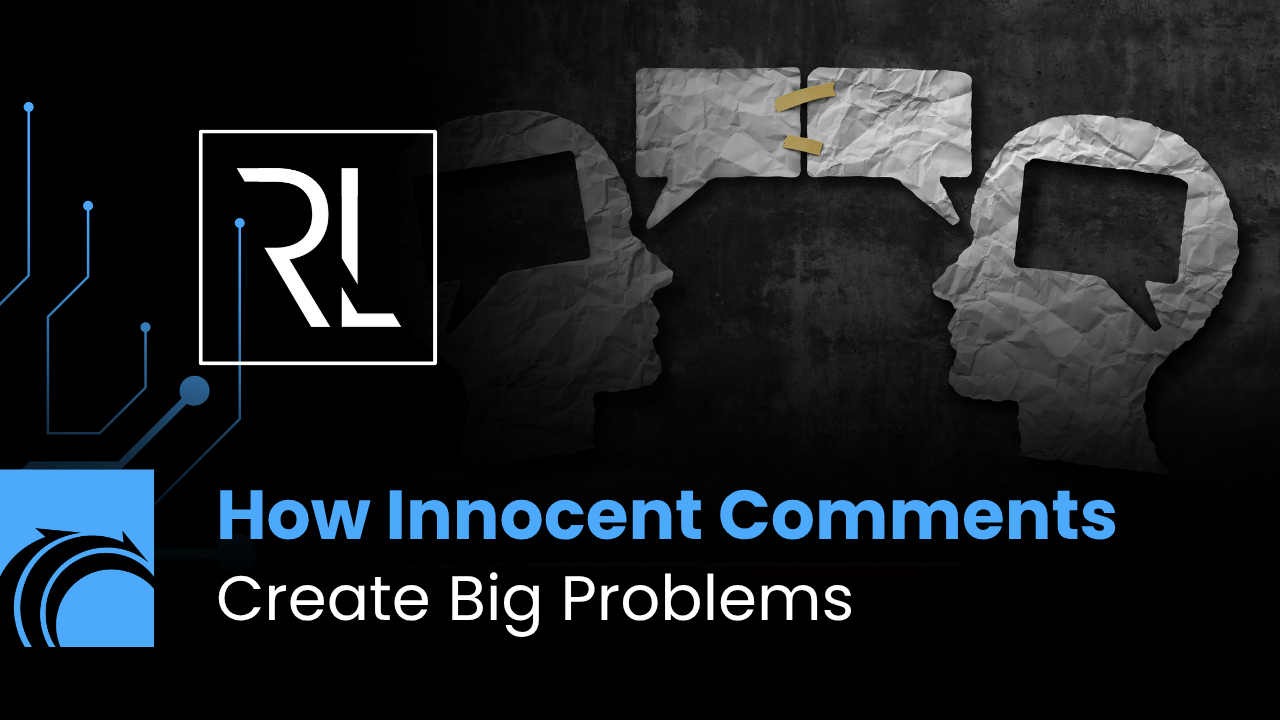

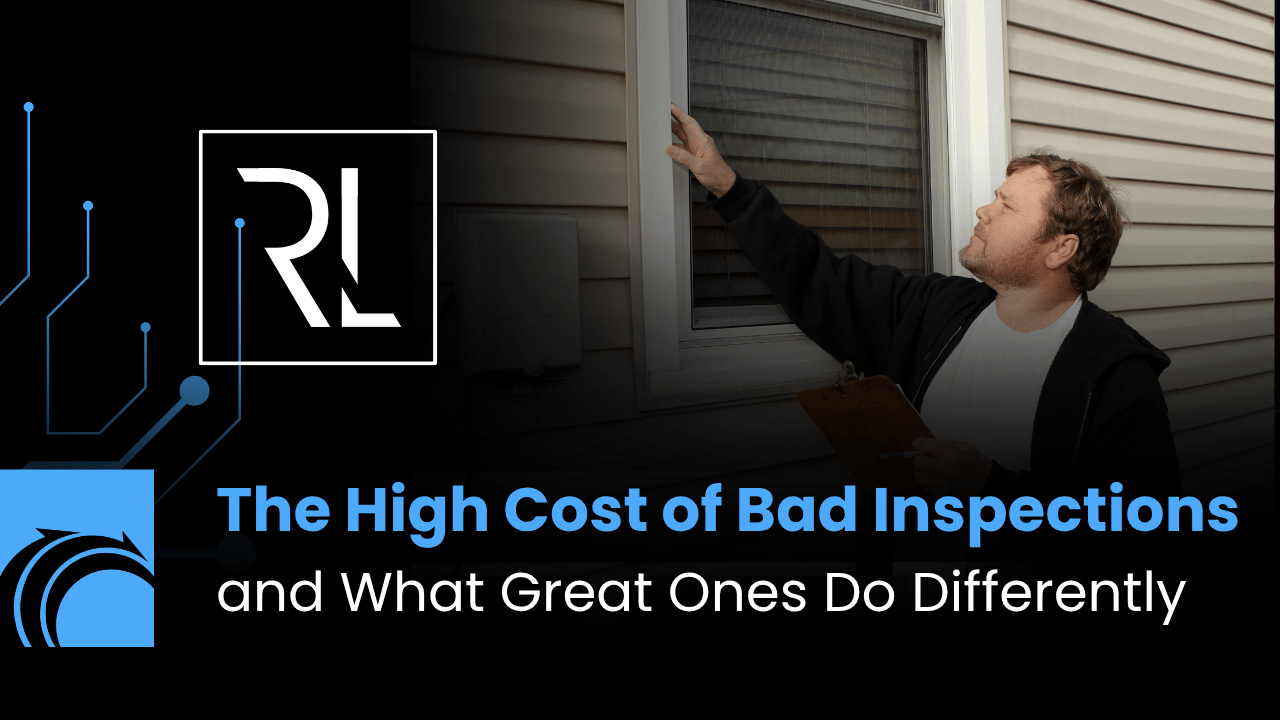
.png)



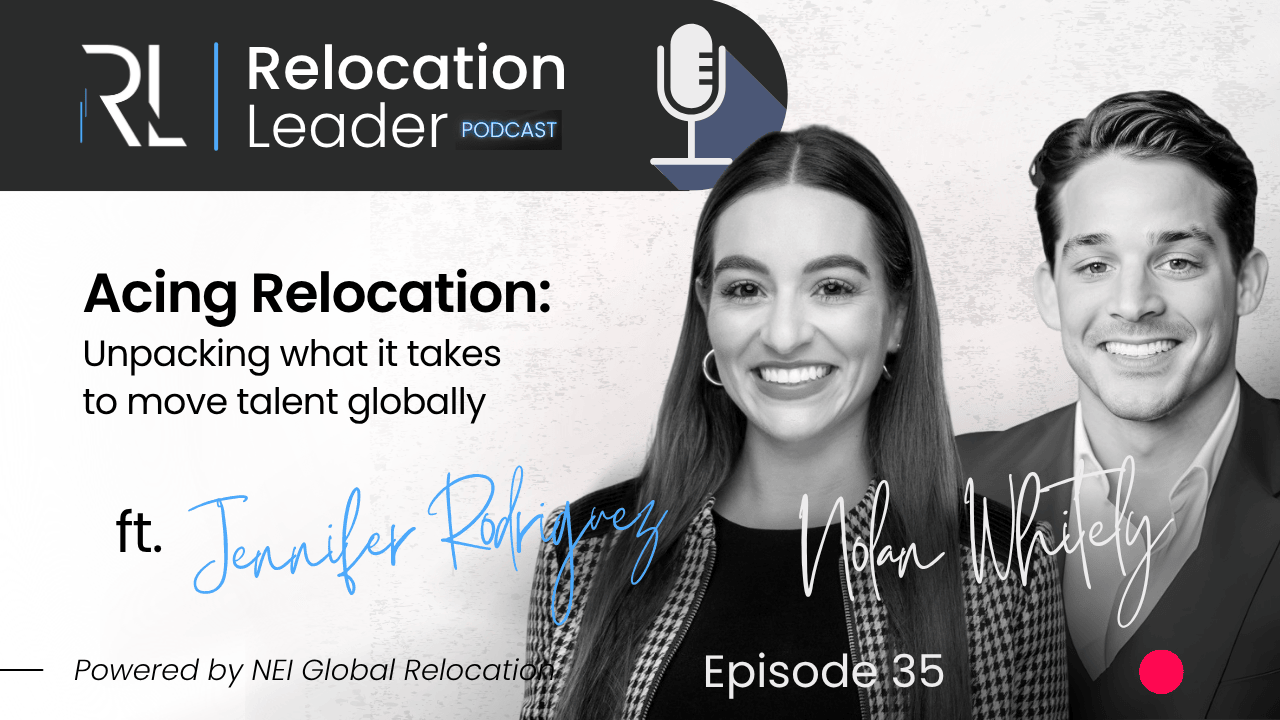



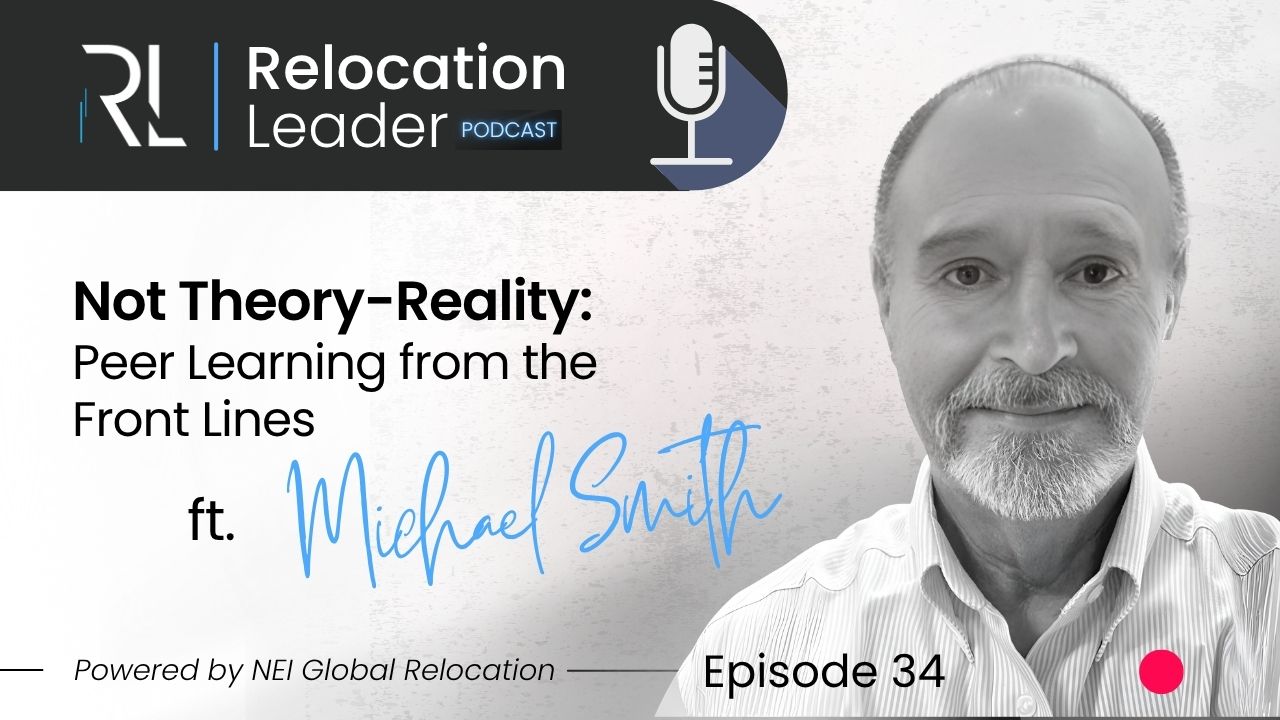




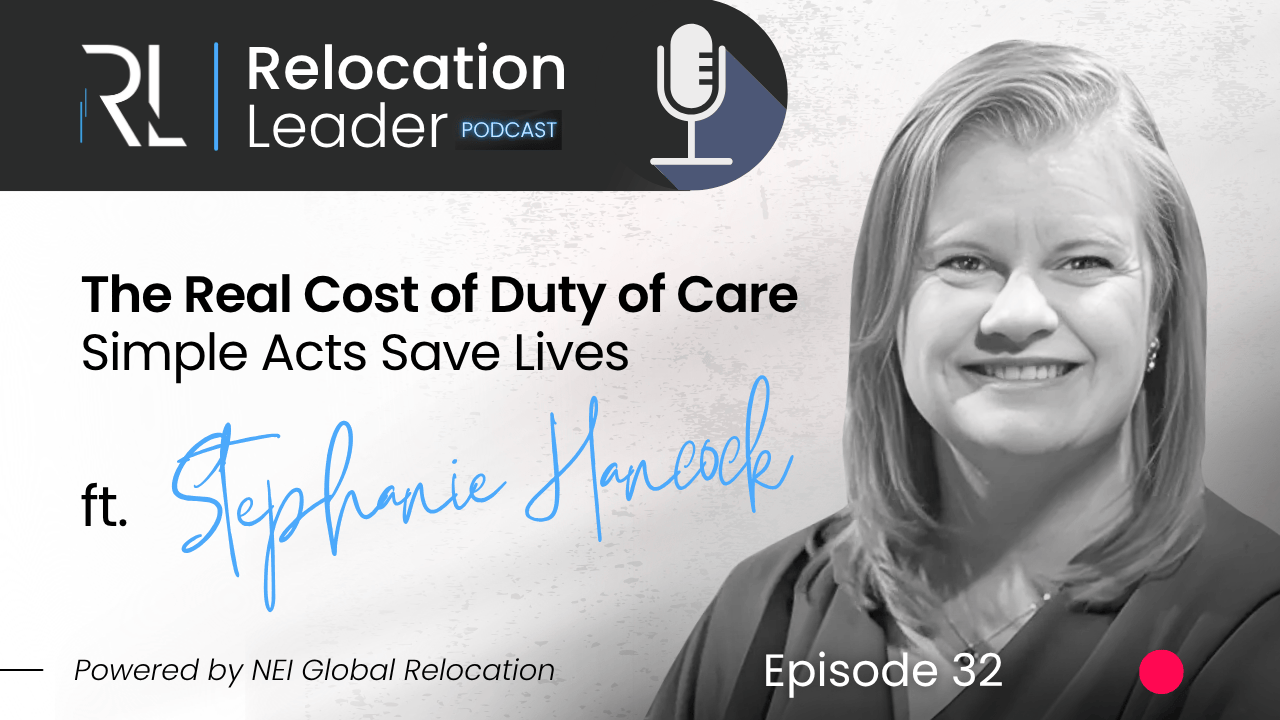


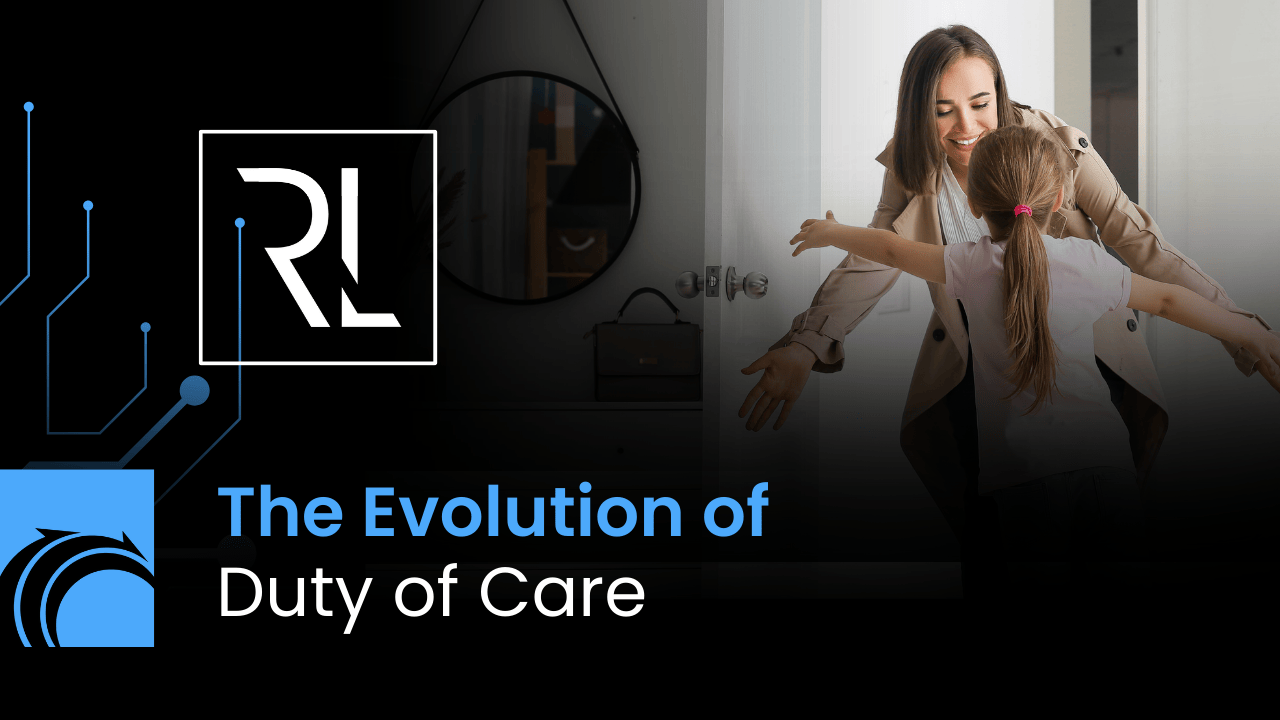
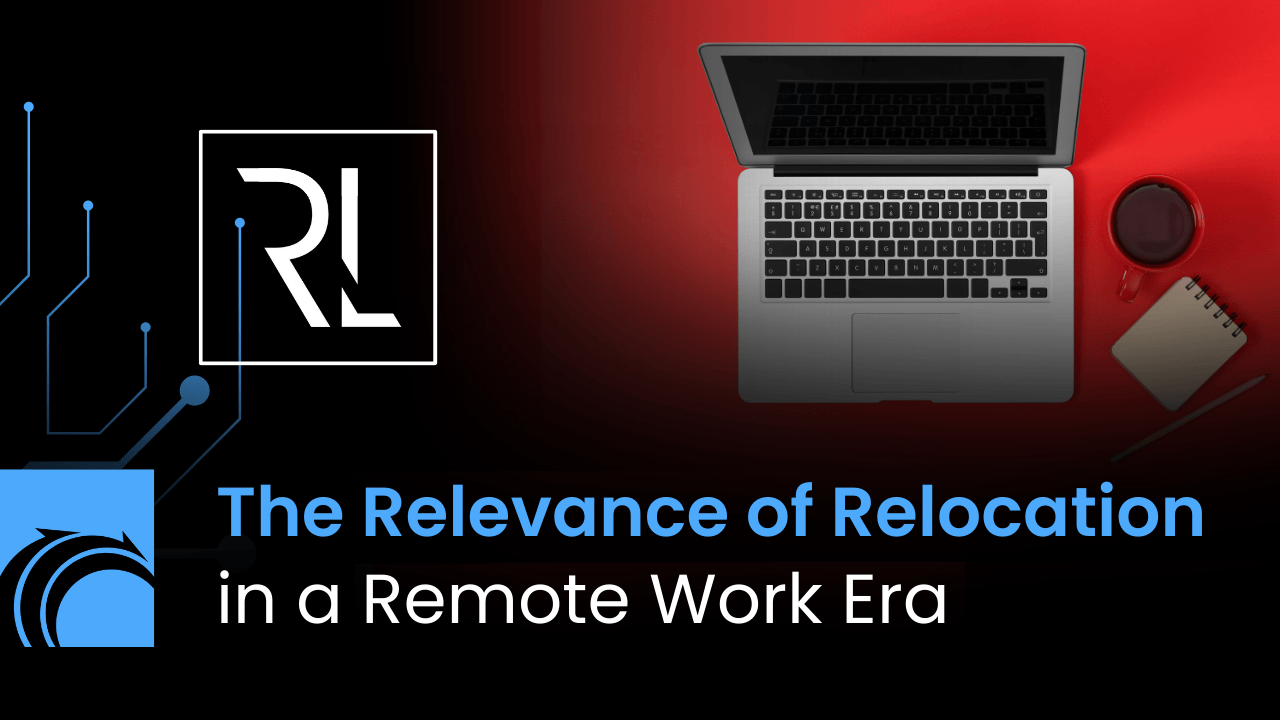





.png)

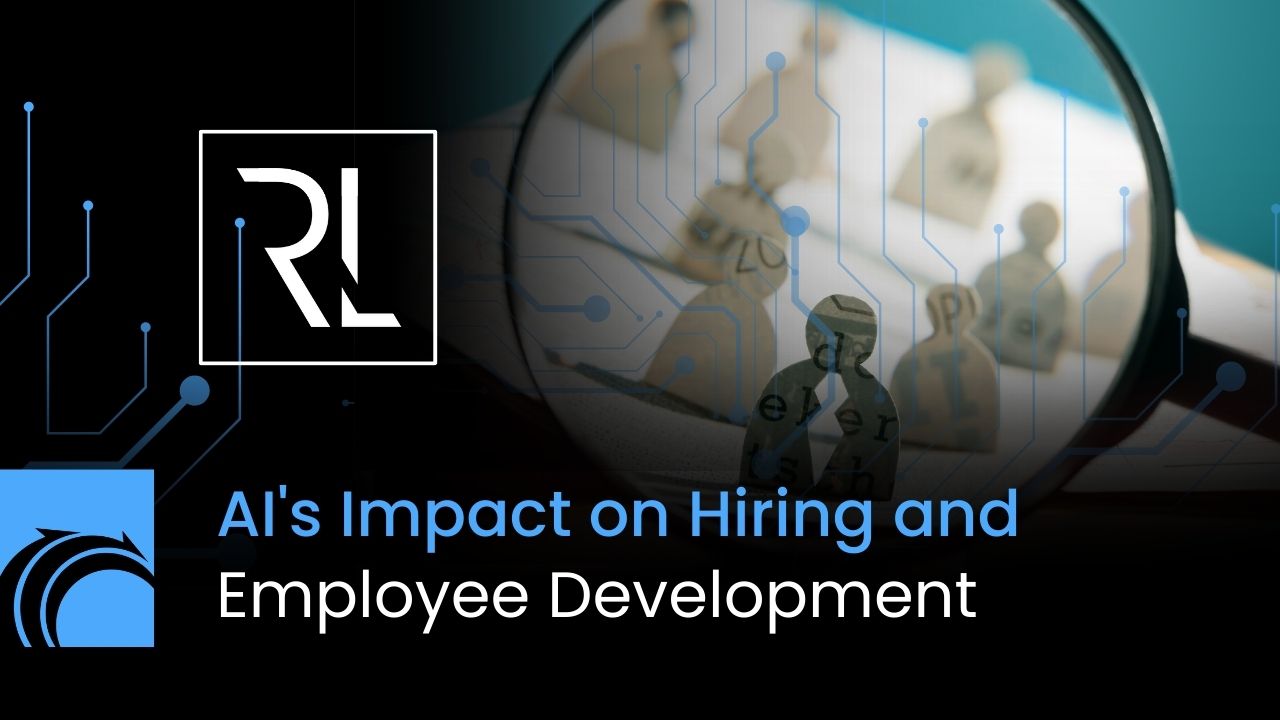

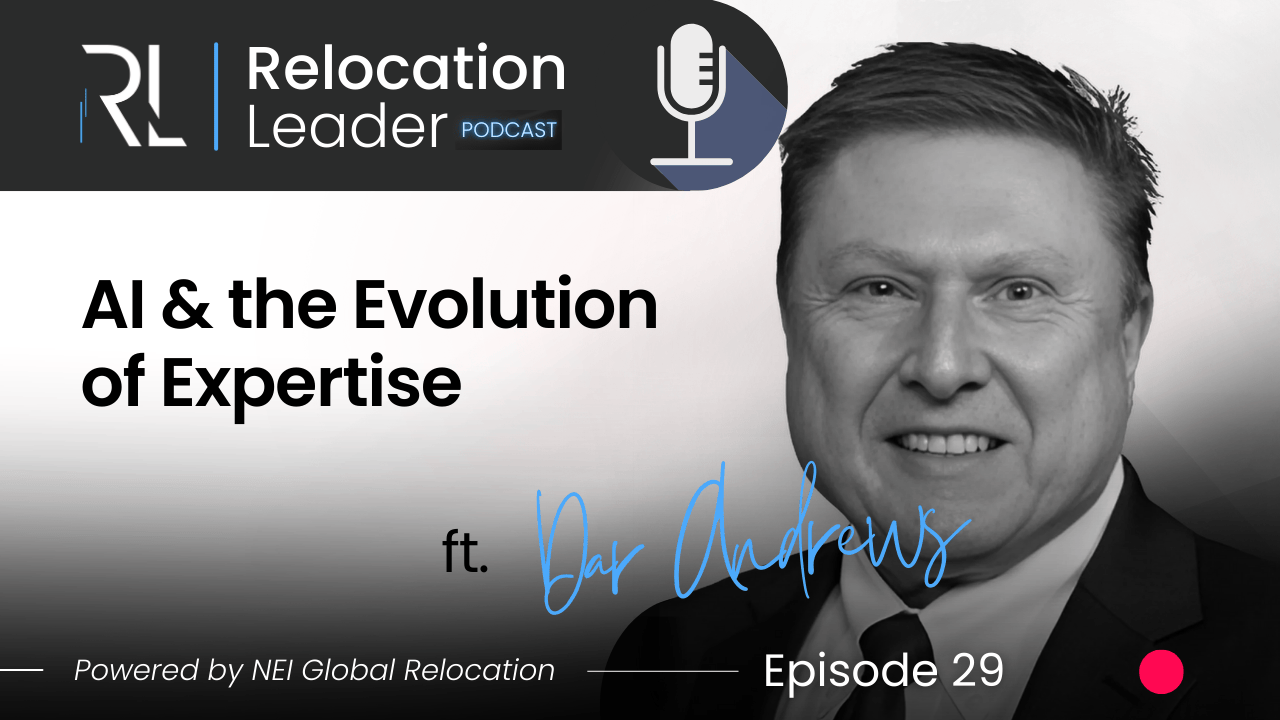



.png)

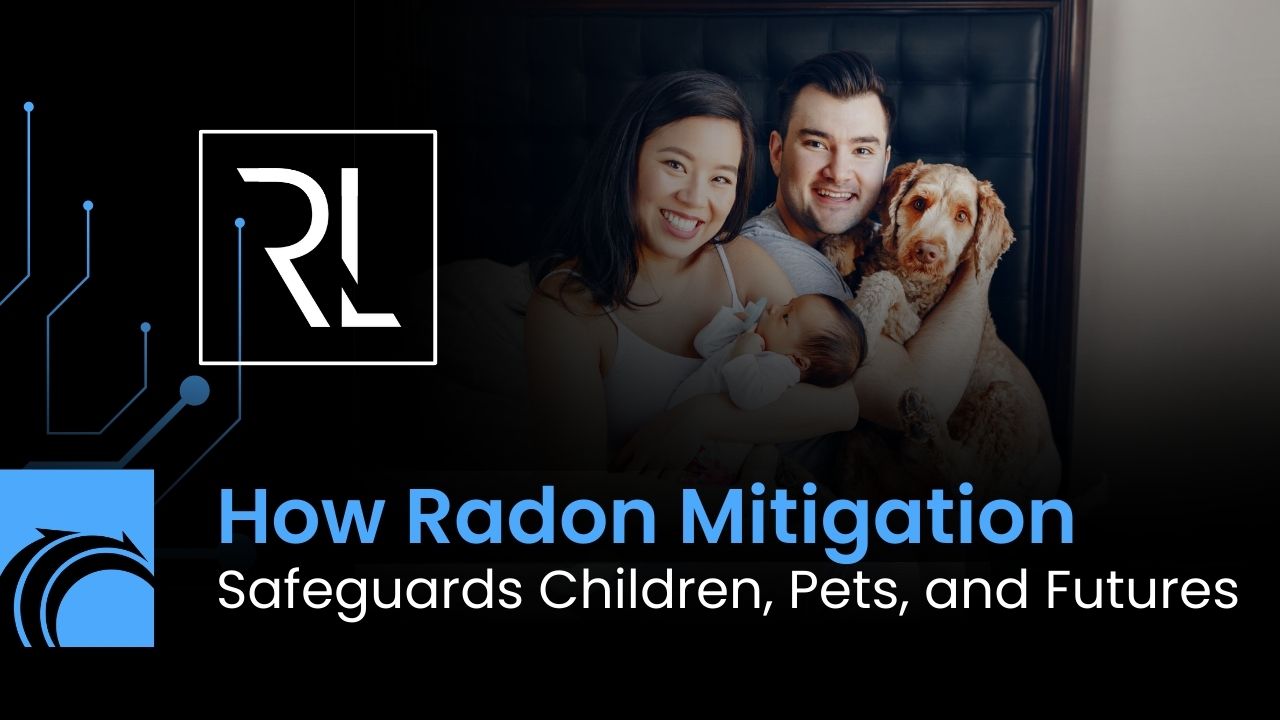


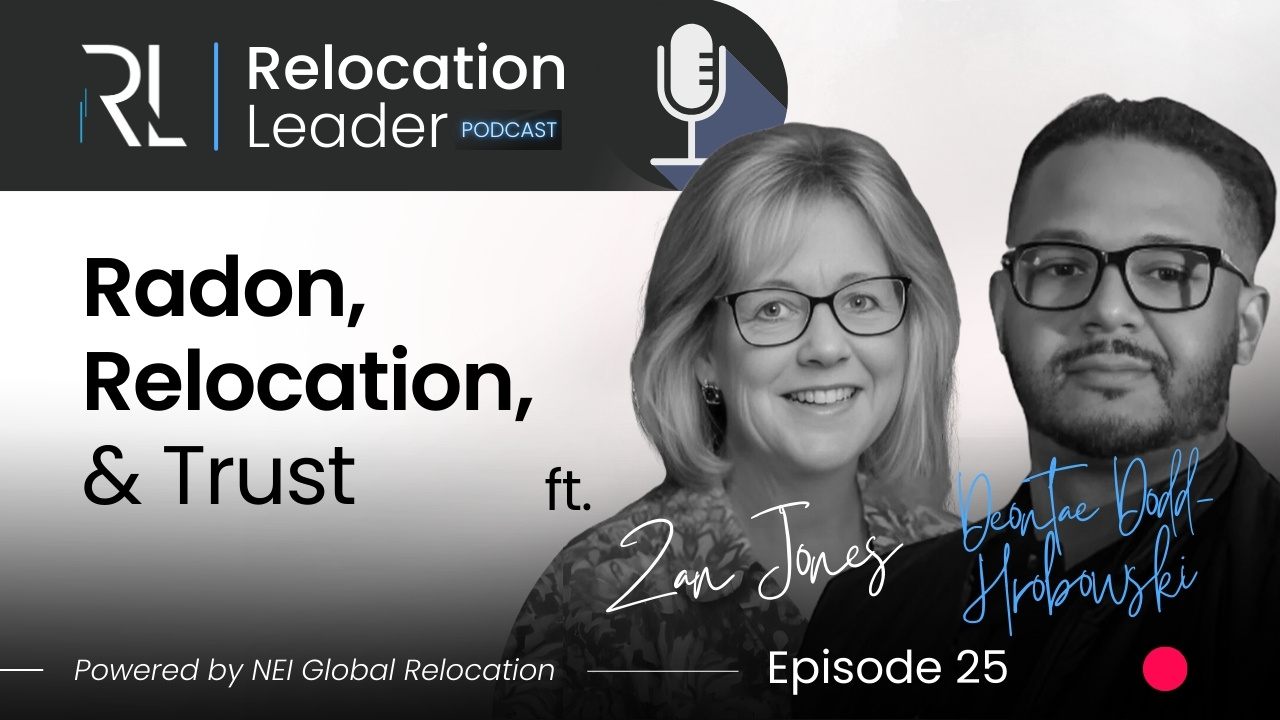
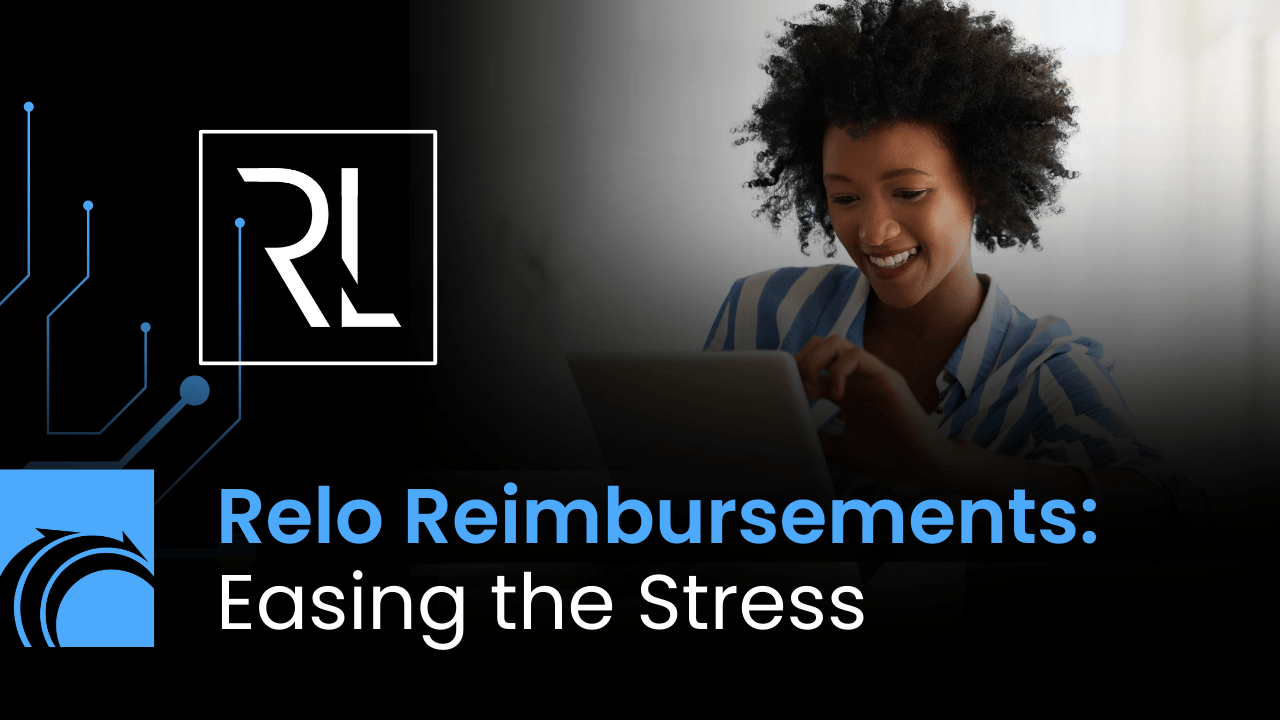

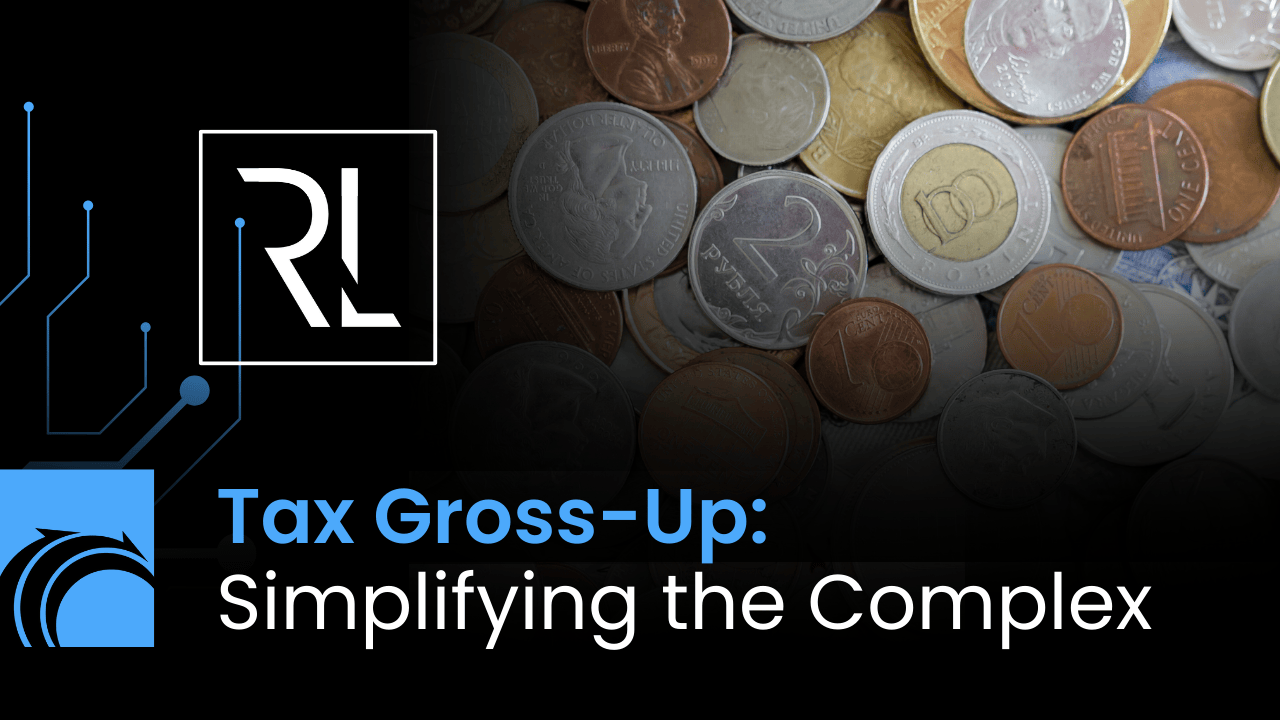







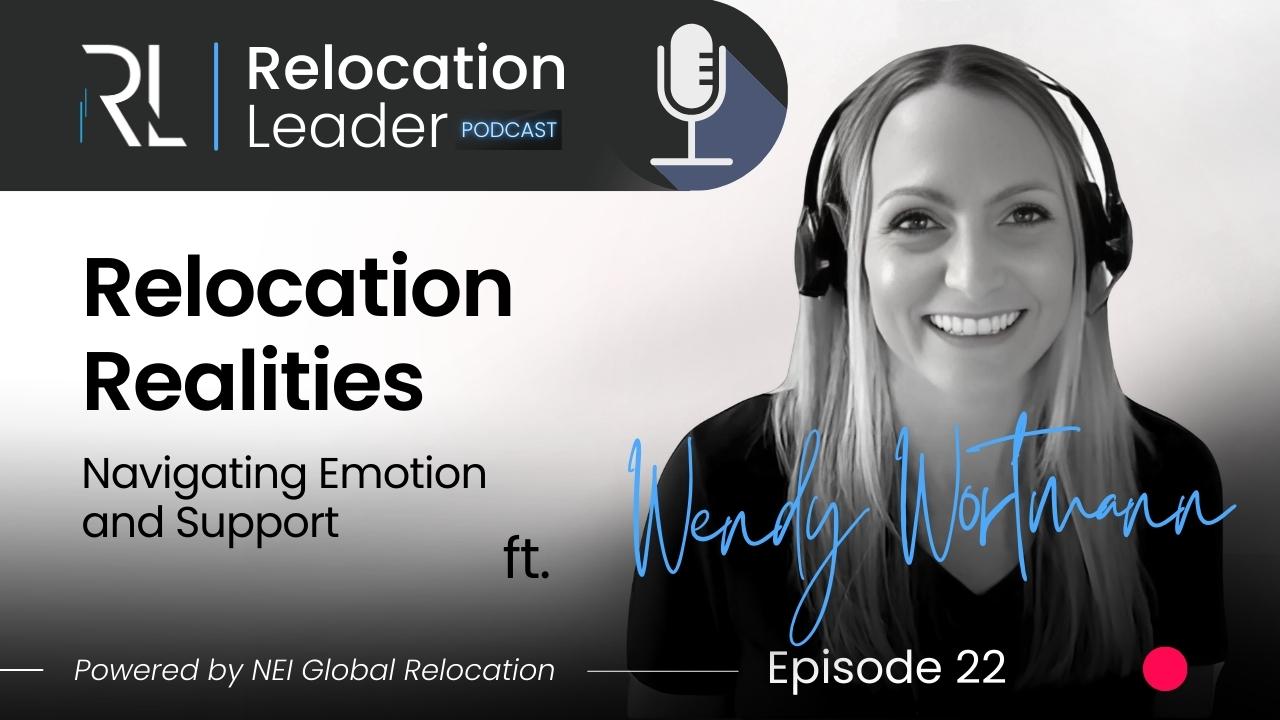



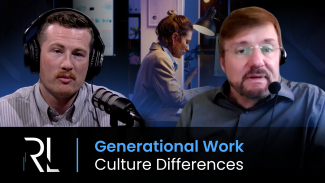
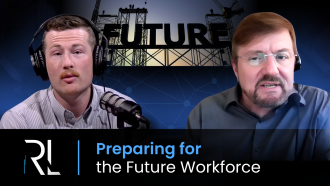

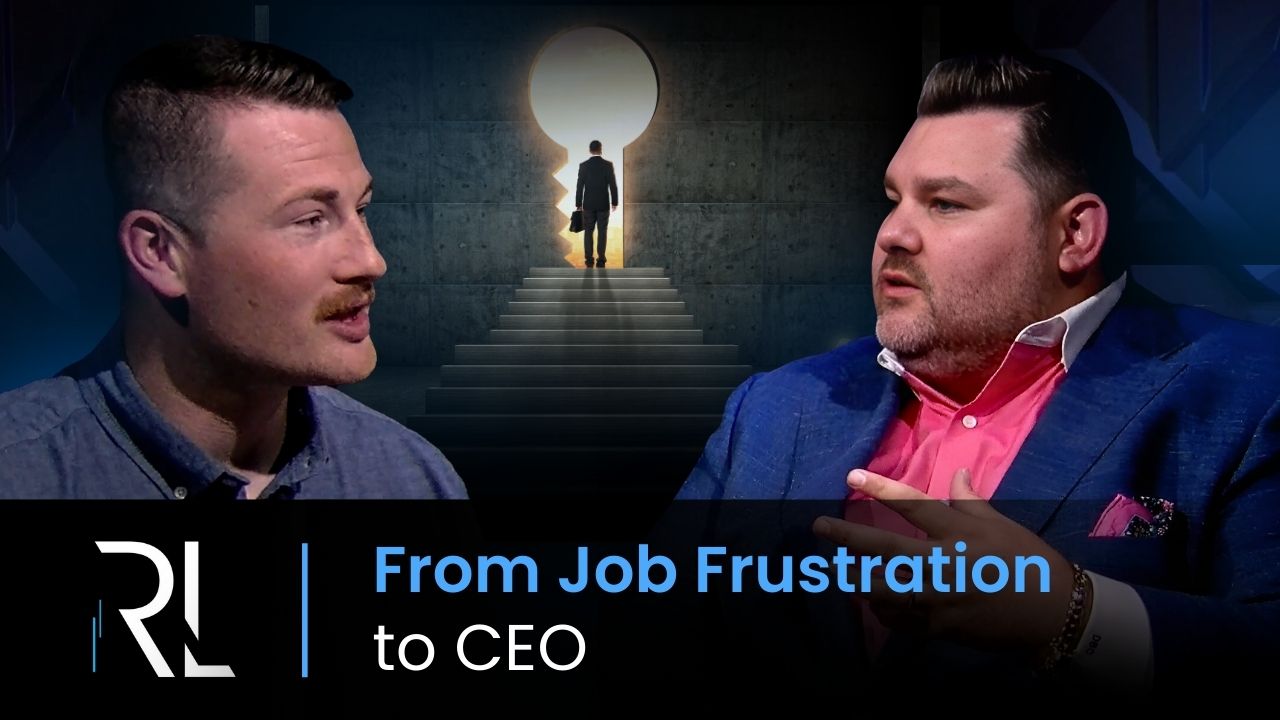


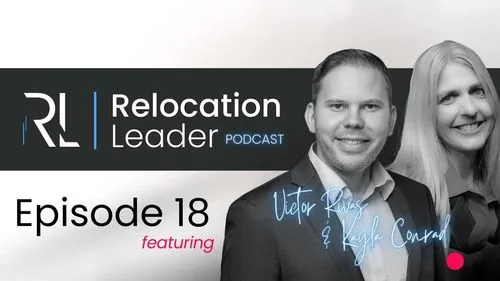

.webp)
.webp)





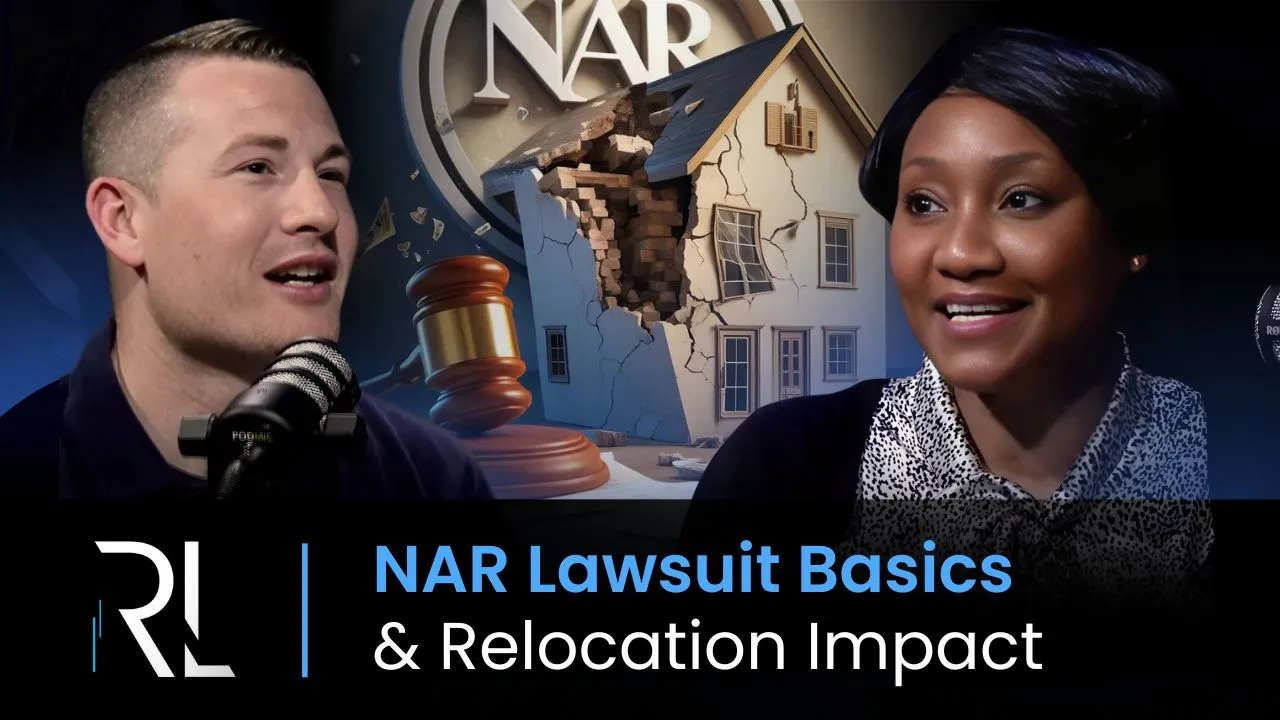
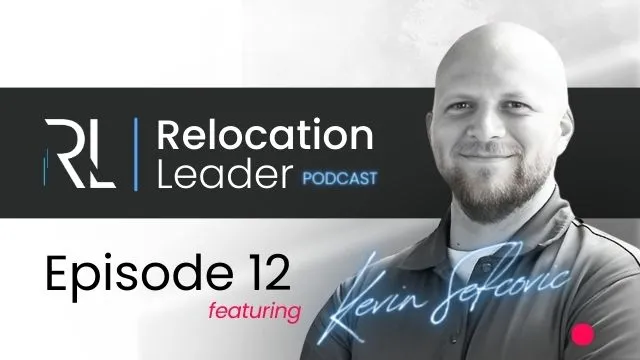
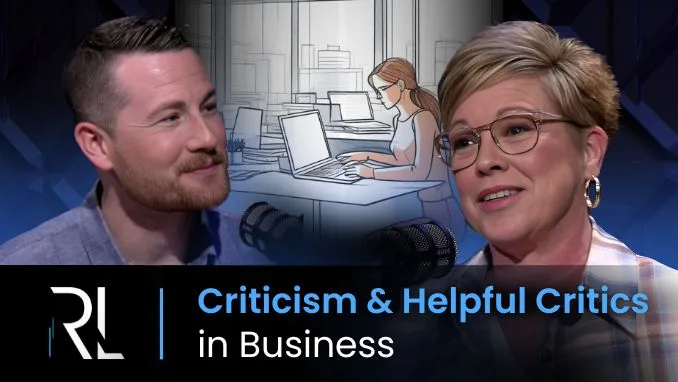





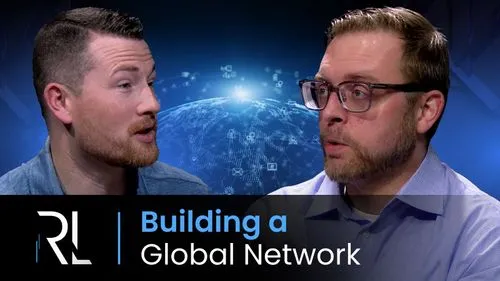

.webp)
.webp)
.webp)
.webp)
